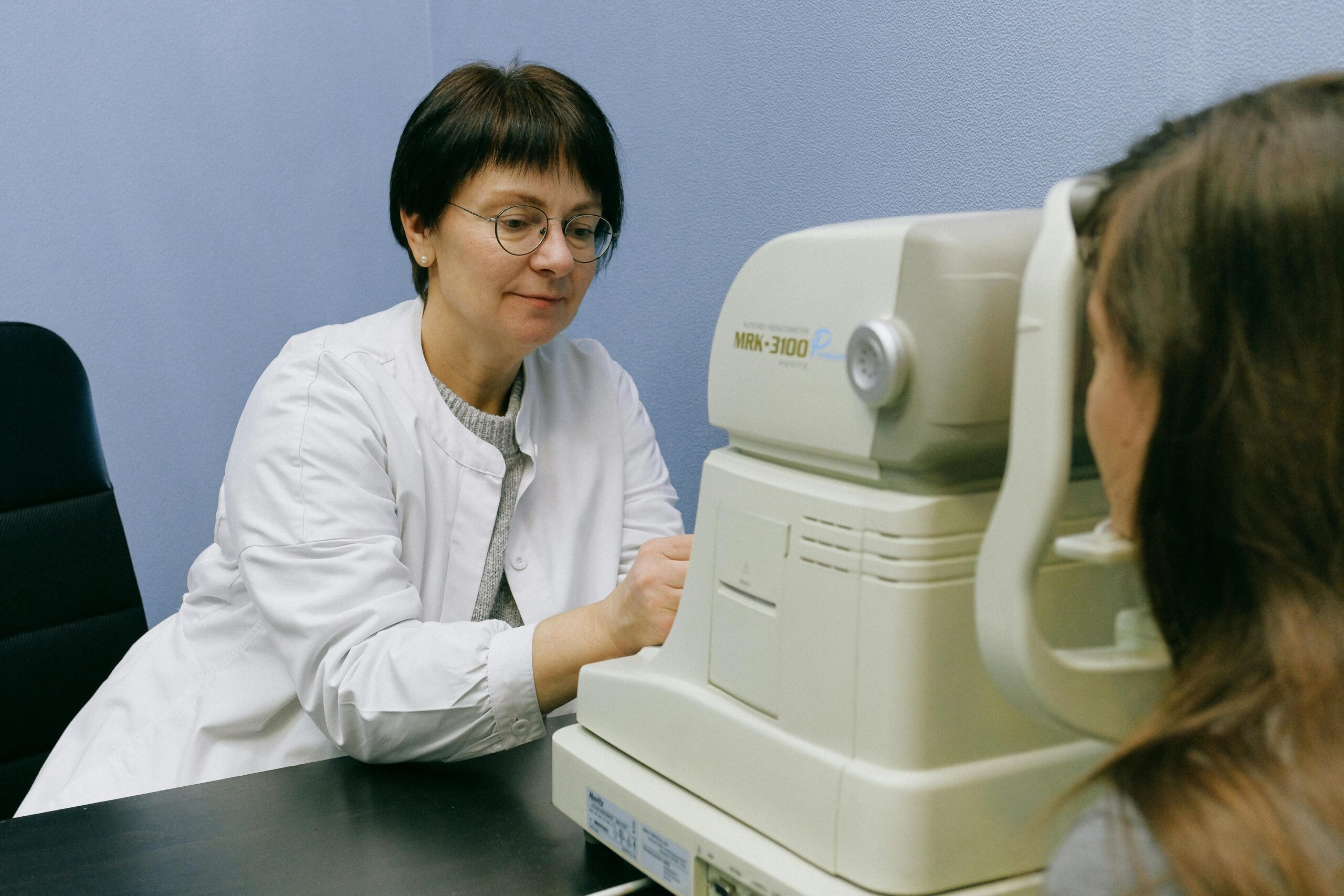How to Protect Your Vision with Diabetes: Understanding Diabetic Retinopathy

For people living with diabetes, careful disease management is essential to preventing a number of serious health complications. This can include vision changes or even blindness due to poorly managed blood sugar levels over time. Diabetic retinopathy (DR), is the most common diabetic eye disease and the leading cause of legal blindness in adults aged 20-64. In fact, nearly 60 per cent of patients with type 2 diabetes in Canada develop some level of DR within two decades of their diagnosis.
The good news is that vision changes can usually be prevented or managed with a healthy lifestyle, blood sugar and blood pressure control and regular visits to your eye doctor. Here’s more on the causes and risk factors of DR, tips for early detection and some of the other possible diabetic eye diseases to be aware of.
What is Diabetic Retinopathy?
High blood sugar levels can damage blood vessels all over the body. Diabetic retinopathy occurs when blood vessels in the retina—the light-sensitive tissue at the back of the eye—become damaged. The retina is a vital part of the eye that ‘takes pictures’ and sends these images to your brain through the optic nerve.
This damage can cause leaking, bleeding or the growth of abnormal blood vessels on the surface of the retina, which can lead to poor vision or blindness. There are four stages of DR, ranging from mild to severe, and in the first three stages, vision changes are often undetectable, which is one of the reasons why regular eye exams are so important.
What are the Signs and Symptoms?
In most cases of diabetic retinopathy, there aren’t obvious signs or symptoms until serious complications emerge. Early indications of DR are usually found through screening tests or discovered during a routine check-up. If you experience any of the following symptoms, or notice changes in your vision, contact your doctor or diabetes care team immediately:
- Blurred vision
- Sudden loss of vision
- Dark or empty areas in your field of vision
- Flashes of light
- Spots of dark strings in your field of vision (also called ‘floaters’)
- Diminished ability to distinguish colours
- Difficulty seeing in the dark
Who is at Risk?
Anyone living with type 1, type 2 or gestational diabetes that can occur during pregnancy, are at risk of diabetic retinopathy. And unfortunately, the longer you have diabetes the more likely you are to develop an eye disease. Other risk factors for DR and its complications include:
- Poor blood sugar control
- High blood pressure
- High cholesterol
- Tobacco use
What Can I Do to Protect My Vision?
Careful disease management, lifestyle changes and early identification and interventions will all help to reduce the risk or extent of damage to the retina. To support your eye health:
- Manage Blood Sugar Levels: Keeping blood glucose levels in your target range by staying physically active, eating a balanced diet and taking insulin and other medicines as directed, will lower your risk of issues and help protect your vision. Discuss any barriers that you are experiencing with your diabetes care team to find the best way to take care of yourself.
- Book Regular Eye Exams: Early detection is the most important way to identify changes and prevent vision loss. Book a comprehensive eye exam at least once a year so your optometrist or ophthalmologist can thoroughly examine your retina and optic nerve for signs of damage. Diabetic retinopathy can also get worse in pregnancy, so if you have diabetes or develop gestational diabetes, you should have a dilated eye exam during and after your pregnancy.
- Control Blood Pressure and Cholesterol: High blood pressure and/or high cholesterol can also increase your risk of vision complications. Get recommendations from your doctor on how to keep these numbers within a healthy range through medication or lifestyle changes.
- Stop Smoking: Tobacco use can cause further damage your blood vessels, including the ones in your eyes. If you need support to stop smoking now, a health professional can help you to quit.
What Are Some Other Diabetic Eye Diseases?
Although diabetic retinopathy is the most common cause of vision loss for people living with diabetes, there’s also an increased risk of other eye conditions, including:
- Cataracts: Clouding of the eye’s lens which blocks the passage of light to the retina and leads to blurred vision. High levels of sugar in the blood can cause this clouding to form earlier and progress more quickly in people living with diabetes.
- Glaucoma: Damage to the optic nerve caused by excess pressure in the eye. Adults with diabetes are two times as likely to develop glaucoma. This is believed to be caused by damaged blood vessels altering blood flow to the optic nerve, which can then increase eye pressure.
- Diabetic Macular Edema (DME): Excess fluid under the macula in the centre of the retina caused by weakened blood vessels in the eye. DME is a severe complication of diabetic retinopathy. The macula is the part of the retina that is responsible for central vision which is used to read and drive and to see colours and fine details. Continued swelling under the macula can cause vision to become so out of focus that it leads to legal blindness.
Diabetes and eye health are very closely aligned. Protecting your vision should be a priority if you are living with diabetes. Understanding the importance of a healthy lifestyle, controlling blood pressure and blood sugar levels, and keeping up with annual eye screening will all help to prevent or manage future changes to your vision.
If you found this article helpful, you may also want to read:

